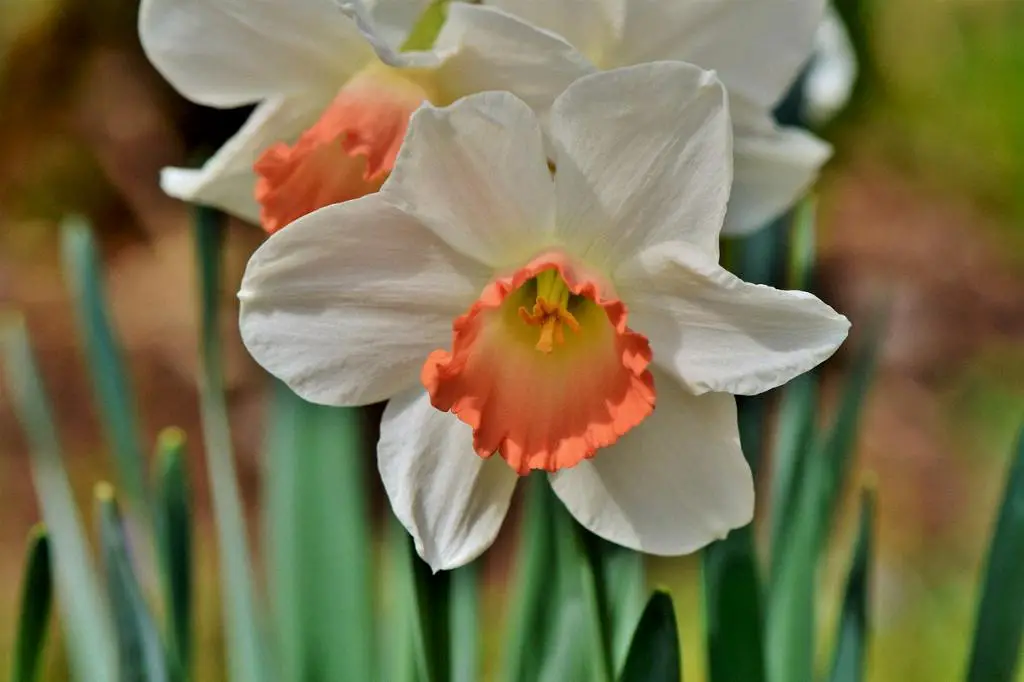Many gardeners wonder if amaryllis plants can rebloom after their initial flowering. The good news is that with proper care and attention, amaryllis can indeed be encouraged to bloom again in the future. While some may treat them as annuals, it is possible to enjoy their striking blooms year after year.
Post-Flowering Care
Once the flowers of the amaryllis begin to fade, it is important to take certain steps to ensure that the plant has the best chance of reblooming. One key task is to promptly remove the fading flowers to prevent seed formation. Allowing the plant to divert its energy into seed production can deplete its resources and may hinder future blooming.
Timing is Key
It is crucial to wait until the flower stalk of the amaryllis starts to yellow before removing it. This allows the plant to continue absorbing nutrients from the leaves through photosynthesis, ultimately helping to store energy for the next blooming cycle. Patience in this regard can greatly benefit the plant’s overall health and vitality.
Proper Nutrient Intake
After the flowering season, it is advisable to continue feeding the amaryllis a balanced fertilizer to support its growth and replenish its nutrient supply. This can help the plant build up its strength for the next flowering period, promoting robust blooms and healthy foliage.
Managing Light and Temperature
Light and temperature are crucial factors in encouraging amaryllis to rebloom. During the growing season, it is important to provide the plant with sufficient sunlight, ideally placing it in a bright location where it can receive indirect light. Additionally, maintaining a consistent temperature range of around 65-75°F (18-24°C) can support healthy growth.
Proper Watering Techniques
When it comes to watering your amaryllis, it is important to strike a balance. Overwatering can lead to root rot, while underwatering may result in stunted growth. To foster reblooming, aim to water the plant thoroughly but allow the soil to dry out slightly between waterings to prevent waterlogged conditions.
Rest Period
Following the flowering period, it is beneficial to give your amaryllis a period of rest. This entails reducing watering and ceasing fertilization to allow the plant to recuperate and prepare for its next flowering cycle. Giving the plant some downtime can help it gather strength for future blooms.
Container Size and Soil Quality
Choosing a suitable container size for your amaryllis is essential for its overall health. Opt for a pot that allows for proper drainage and provides ample room for the plant’s roots to grow. Additionally, using well-draining soil that is rich in organic matter can support healthy root development and encourage reblooming.
Monitoring Growth Progress
Regularly monitoring the growth progress of your amaryllis plant can help you identify any issues early on and take corrective action. Keep an eye out for signs of disease, pests, or nutrient deficiencies, and address them promptly to ensure that the plant remains healthy and capable of reblooming.
Pruning and Maintenance
Pruning your amaryllis plant as needed can promote new growth and help maintain its overall shape and vigor. Remove any yellowing or dead leaves, as well as spent flower stalks, to encourage the plant to direct its energy towards producing new blooms. Regular maintenance can go a long way in ensuring a successful reblooming cycle.
Remaining Patient and Optimistic
While it may take some time and effort to encourage your amaryllis to rebloom, remaining patient and optimistic in your gardening endeavors can be rewarding. With proper care, attention to detail, and a bit of luck, you can enjoy the beauty of amaryllis blooms year after year, adding a touch of elegance and color to your indoor or outdoor space.

